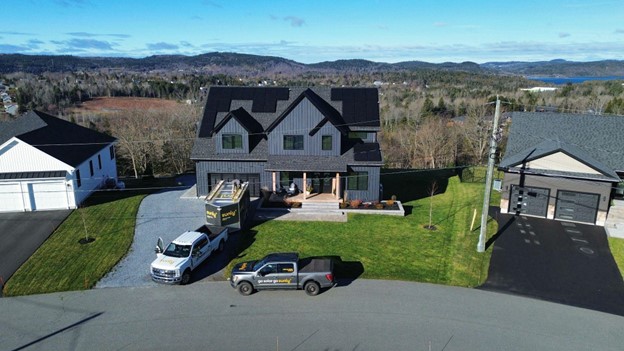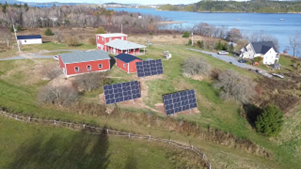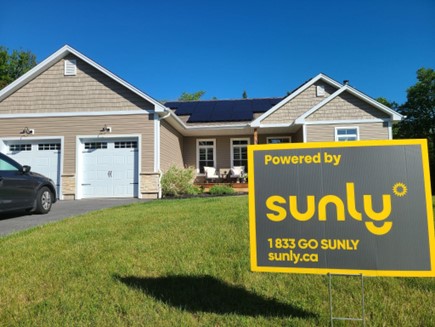Unlocking Your Home’s Solar Potential in New Brunswick
Exploring solar energy can feel overwhelming, but with the right guidance, you can confidently invest in a solution that benefits your wallet and the planet. Here’s how to assess your home’s solar potential and optimize panel placement—all tailored to New Brunswick homeowners.

Assessing Your Home's Solar Potential
The first step: Is solar worth it for your home? Solar doesn’t just reduce your carbon footprint; it can also save you money.
Net Metering in New Brunswick
Both NB Power and Saint John Energy offer net metering programs, making solar a smart choice for residents.
- NB Power's Net Metering Program: This allows you to send excess electricity generated by your solar panels back to the grid for credits. These credits offset the electricity you use when your panels aren’t producing enough, like at night or on cloudy days. Credits can roll over month-to-month but reset annually, so it’s best to size your system appropriately for your home’s energy needs.
- Saint John Energy’s Net Metering Program: Similar to NB Power, Saint John Energy offers a program where excess electricity earns you credits to reduce future bills. Unlike some provinces, there is no buyback of unused credits, so careful system design is essential to maximize savings.
Both programs allow you to significantly reduce your reliance on the grid and stabilize energy costs as electricity rates continue to rise. If your utility moves to time-of-use billing in the future—where rates vary based on the time of day—solar will also help avoid costly peak-time charges.

Optimizing Solar Panel Placement
Maximizing your system’s efficiency depends on where and how your panels are installed.
- Roof-Mounted Systems: Ensure your roof is in good condition, as panels are designed to last 20+ years. South-facing roofs are ideal for maximum sun exposure in New Brunswick, though east- or west-facing roofs can still provide good production with a slight reduction in efficiency.
- Pitch and Obstructions: A roof pitch of 30-45 degrees is optimal for solar production, but obstructions like chimneys, dormers, or vent pipes can impact the number of panels you can install. Panels must be placed around these obstructions, which can reduce the usable surface area and overall system size. To maximize efficiency, it's essential to work with a professional to design a layout that avoids shading and minimizes gaps.
- Ground-Mounted Systems: If your roof isn’t suitable for solar, ground-mounted systems are a great option, especially in rural areas with plenty of open land. These systems can be adjusted seasonally to optimize sun exposure throughout the year.
Building a New Home? Plan for Solar
If you’re building a new home in New Brunswick, now is the perfect time to incorporate solar-friendly design features. Consider these factors:
- Roof Orientation and Pitch: A south-facing roof with minimal shading and a pitch of 30-45 degrees is ideal for solar production.
- Shading: Minimize shading from chimneys, dormers, and nearby trees to maximize sunlight exposure.
- Obstructions: Plan your roof layout with minimal vent pipes and other obstructions on the sunniest sections to allow for maximum panel placement.
- Electrical Planning: Ensure your electrical panel has room for solar connections, and plan for easy integration with an inverter and the grid.

Making the Switch in New Brunswick
By understanding net metering policies and optimizing panel placement, you can confidently move forward with your solar project. Solar energy isn’t just an investment in your home—it’s an investment in a cleaner, more sustainable future for New Brunswick.
For more info visit www.sunly.ca

